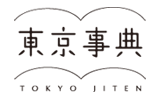One Inspiring Night at Museum of Together
(This blog post was written by Sabila Duhita Drijono, an Indonesian fresh graduate from Ritsumeikan Asia Pacific University and a full-time art lover, who is currently an intern at AIT)
On October 13th, The Nippon Foundation DIVERSITY IN THE ARTS "Museum of Together" exhibition was opened for public at Spiral Gallery, Omotesando. The exhibition, which showcases the work of 22 artists from many different environments - special care facilities, ateliers, private residences, and studios, was co-curated by AIT's director and deputy director, Yuko Shiomi and Roger McDonald. In this blog post, I would like to share you my experience of visiting the exhibition on its opening night.

The event was opened by speeches from the curators, representatives from Nippon Foundation and other related parties. The artists, including Shingo Katori, a former member of the boy band SMAP whose artwork is showcased in the exhibition, were also introduced.
As the opening speeches ended, guests are invited to go downstairs and enjoy the exhibition. We start the journey by looking at the wall of memorabilia, collected by the curating board during their research for this exhibition. From there, we could see the things that inspired the curators during the organizing process of the exhibition. We could also read more of their stories from the exhibition handbook, which documented the curators' experiences and thoughts while visiting each artists. Following the curators' wall, we could begin to see some of the artworks along the corridor that leads to the main spiral-shaped corridor, where the rest of the collections were.
Near the entrance, there was restaurant where exhibition-goers can enjoy the special menu (also available in Braille) developed by Yuri Nomura from Eatrip and Kako Osada from Food Remedies, which recipes were inspired by a conversation between Akiko Matsumoto and a visually impaired woman with a strong passion for eating and cooking, Kozue Handa. The layout of the venue, which uses sloped walkways in replace of stairs, is accessible for all people, especially those on wheelchairs - my grandmother in Indonesia would love it for sure.
Though I enjoyed every pieces displayed at the exhibition, here are my personal top 7, not written in order, that I selected based on how it touched and charmed me in their own ways:
Chiaki Shimizu
To me, what makes Shimizu's artworks interesting was her innocence - the way she picked subjects that we often see in our daily lives, such as her favorite film stars and television personalities, and the way she takes our conventional idea of embroidery art beyond flowers and decorative objects.
Sayaka Teraguchi
As a teacher at a School for the Blind in Hiroshima, Teraguchi noticed that common anatomy models were designed only for people with normal eyesight, so it was difficult for her to use it for her students. The model she designed, which consists of various materials and forms, allows the blind to touch and play, making it easier for them to learn.
Not only that it looks cute and colorful, I found Teraguchi's piece a touching one - the way she changed the life of so many students, who are finally able to enjoy the wonders of learning anatomy as much as us who can see.
Masaki Mori
Mori began working at his workspace at Atelier Yamanami recently due to psychological difficulties, where he developed a habit of listening to music while drawing. To fully enjoy his artwork, we need to put on headphones to listen to three different tunes that came with the three drawings.
While enjoying Mori's pieces, I discovered the sensation of associating particular visual forms with a genre of music, and at the same time, was able to realize how powerful music is that it can help with our emotions and play with our imagination - of which we can express into yet another form of art.
Yuki Fujioka
Fujioka likes to cut art exhibition fliers into very thin strips with scissors as a way to pass time, and thanks to his mother, we could see them exhibited instead of thrown away.
I really liked how Fujioka managed to turn waste papers - in his case, resources, into such delicate art forms, though he seemed to have done it with no such intention. I also found it interesting that instead of wondering what to do with the cut papers, Fujioka focused on the moments he made them instead, which looked to me like a form of calming ritual.
Yoshihiro Watanabe
Autumn is my favorite season, and Watanabe had brought it into another level. These were just some of the many animal sculptures he made using dried leaves from local trees in Kumamoto. The distorted yet graceful forms and the beauty of nature blended perfectly in these dreamy-looking sculptures.
Satoru Aoyama
In his work, Aoyama tried to shed a light on the forgotten figures who have maintained the existence of this centuries-long artistic technique, by adding real embroidery works onto old inkjet photographs of unknown embroiderers.
Aoyama did bring life back to those photographs, and imagining how challenging it is to make such intricate details on a piece of paper, I could not be more amazed.
Peter McDonald
McDonald's picture series first caught my attention as he picked up the subjects that is very much related to us art enthusiasts - people looking at or making art. In his works, the people he painted have enlarged heads that overlap with other people and their environment. To me, I saw it as the way art creates "spiritual" experiences for anyone involved in it, whether those who create or those who enjoy it. A spiritual experience, hopefully, can transform a person into a better version of themselves and later on, create a better society - which summarized the things I learned through experiencing this exhibition.
Concluding this post, I would like to quote the curators: "the artworks are not only tools for the artists who create them, but crucially have the radical potential to be of use to all of us." I believe the exhibition has conveyed to its visitors of such potential, and may the spirit of Museum of Together remain among us all, even after we stepped out of the gallery.
For more information regarding the exhibition programs, please refer to the event site Museum of Together Exhibition and DIVERSITY IN THE ARTS
2017-10-23








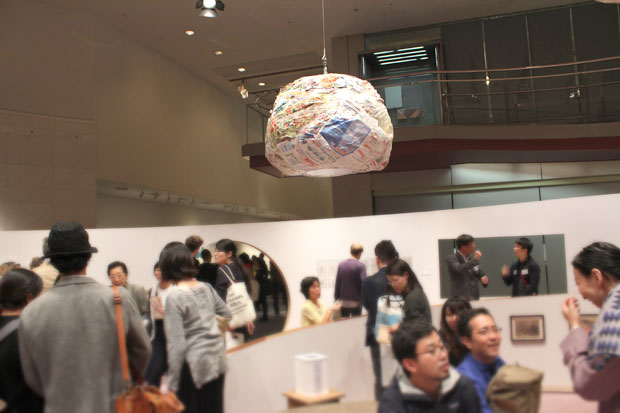
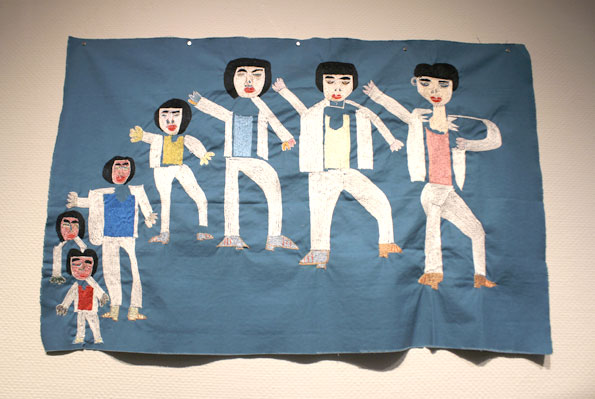

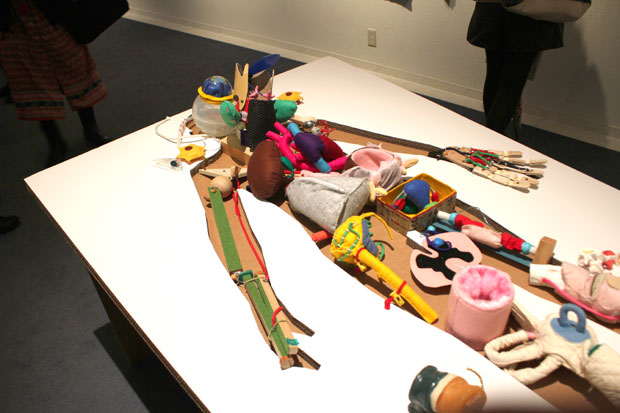
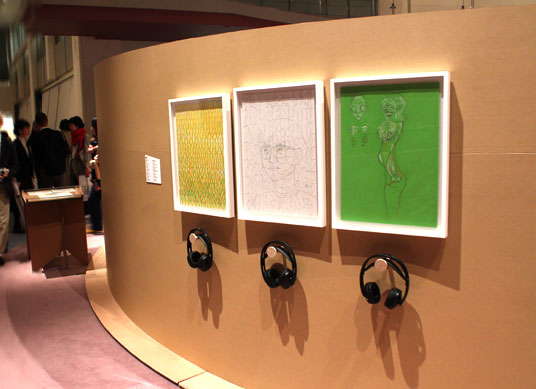
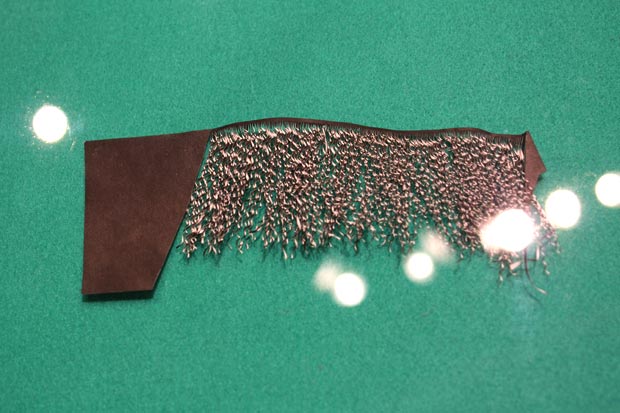
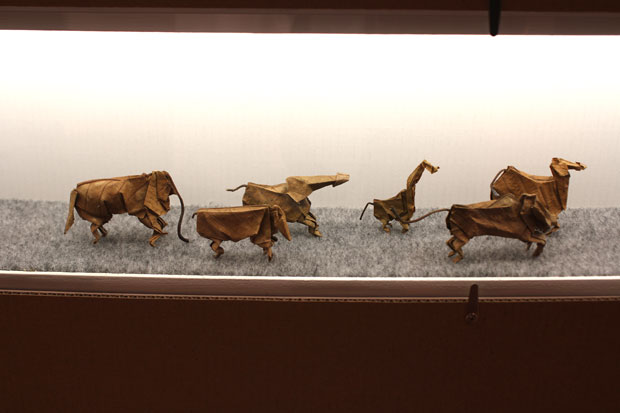
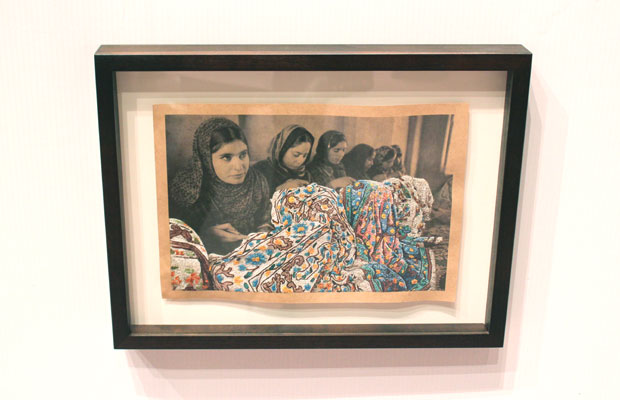
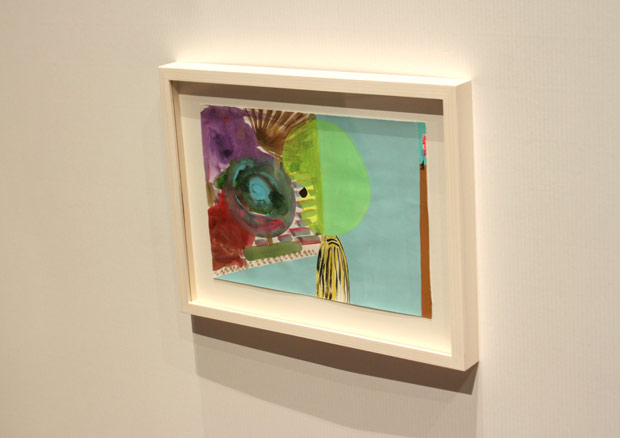
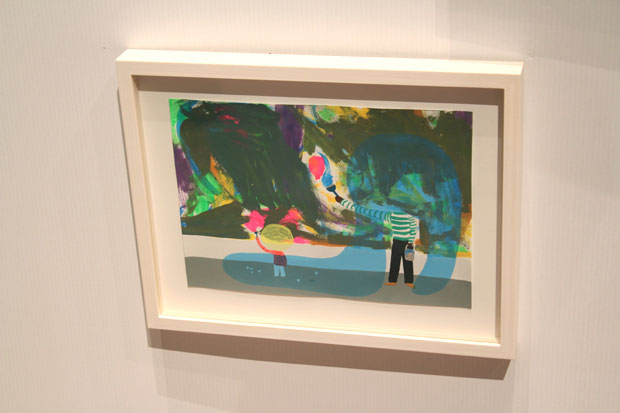




![[購読申込]](../../../img/subscribe.gif)
![[購読解除]](../../../img/unsubscribe.gif)

